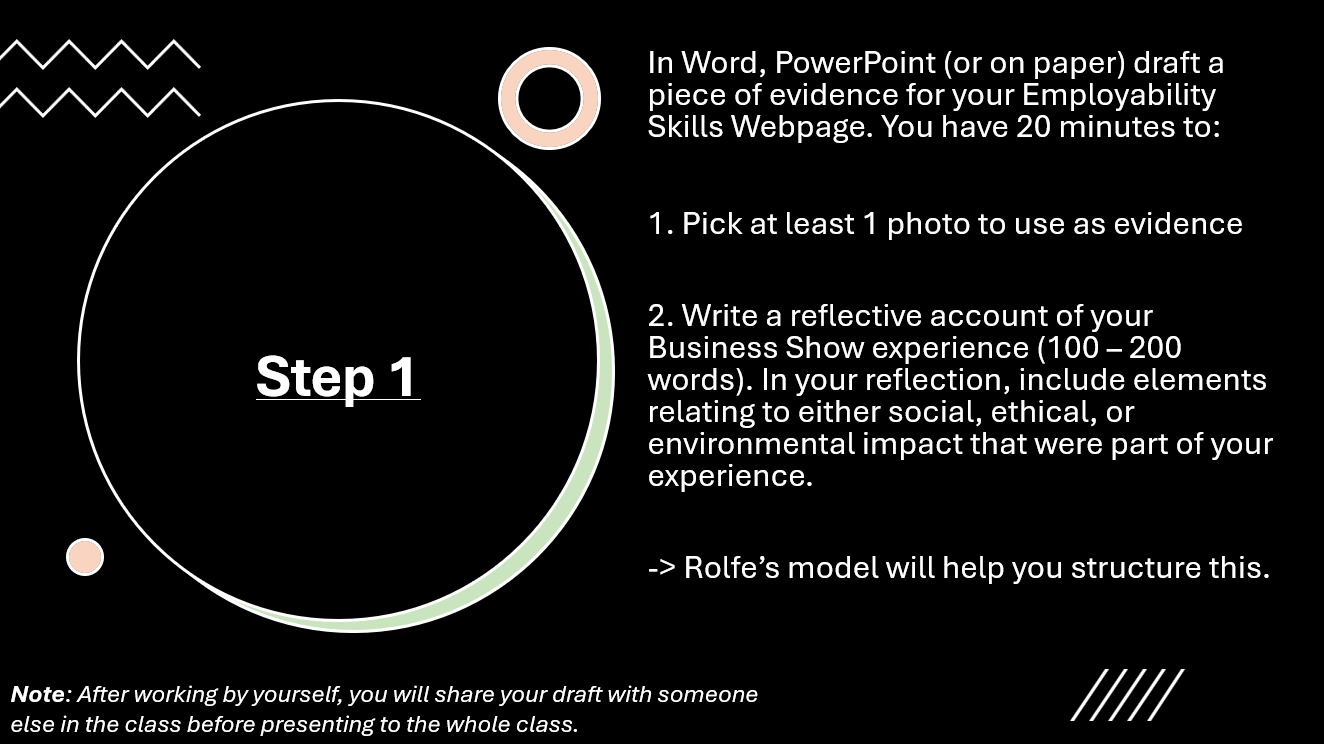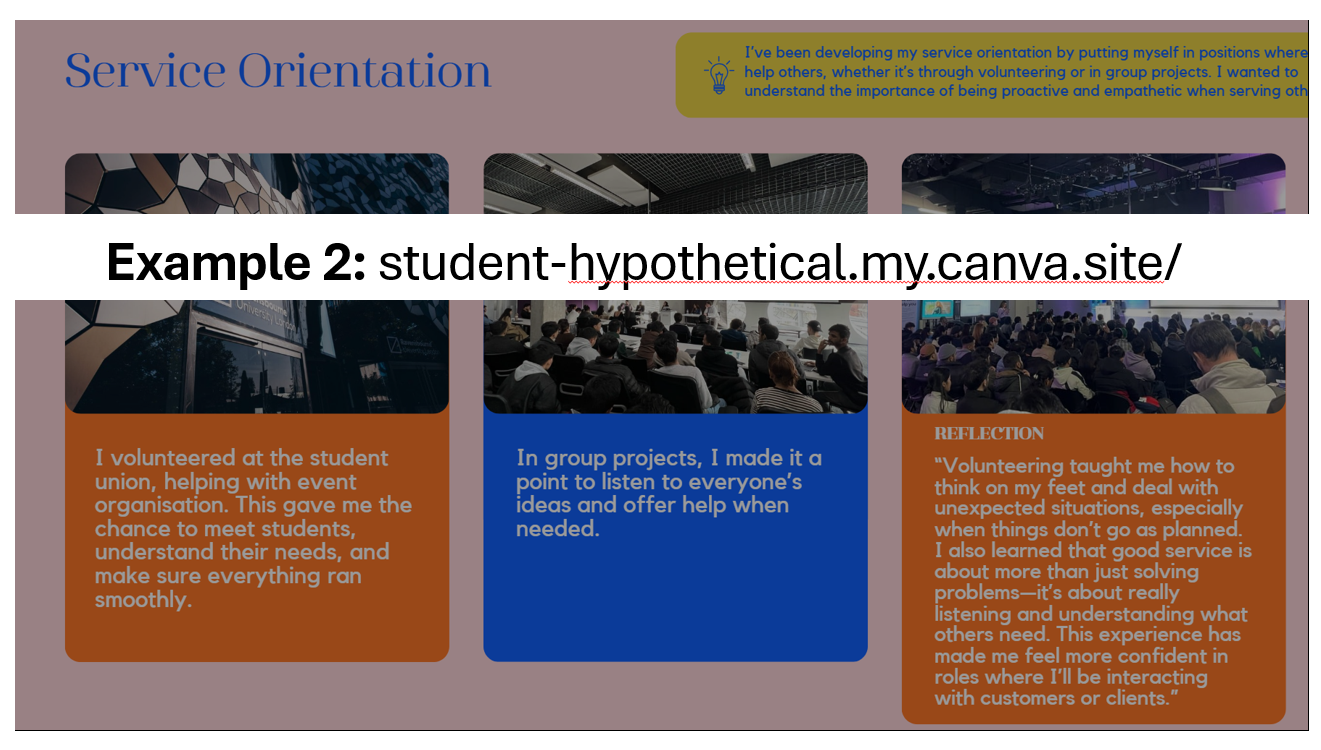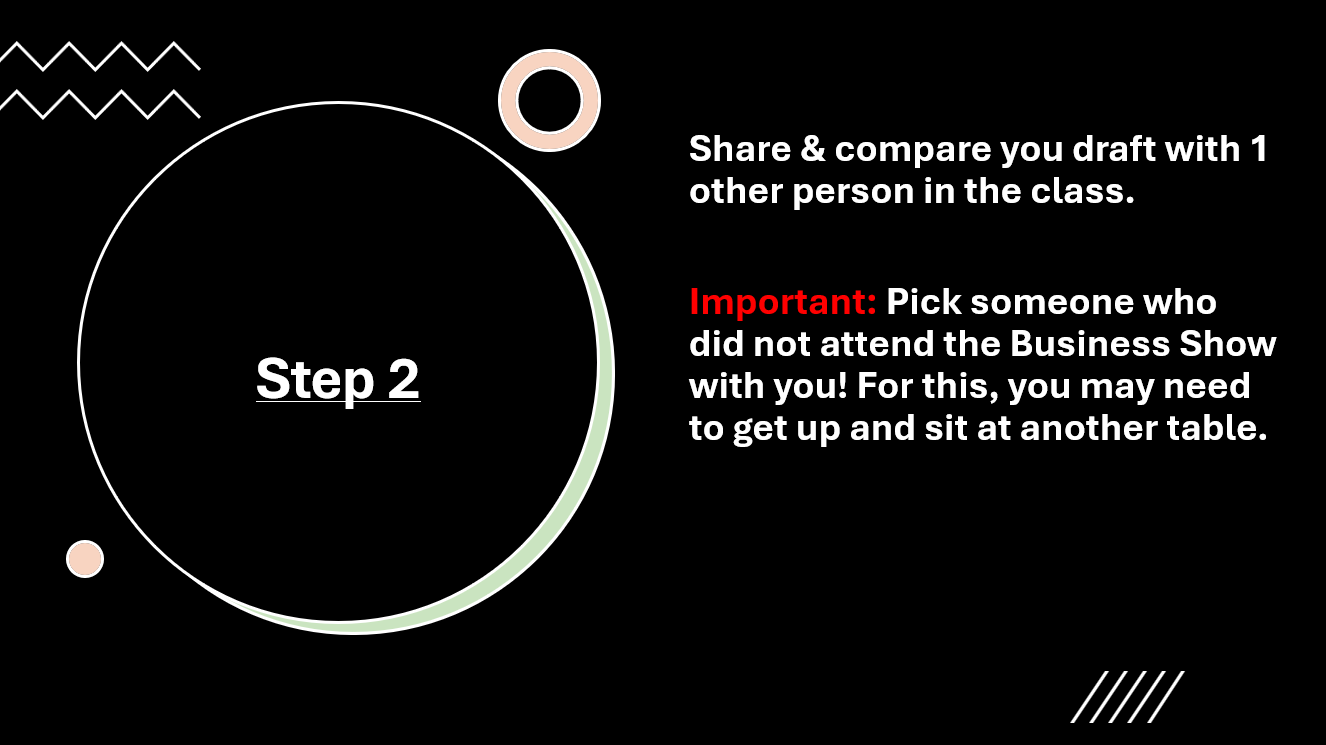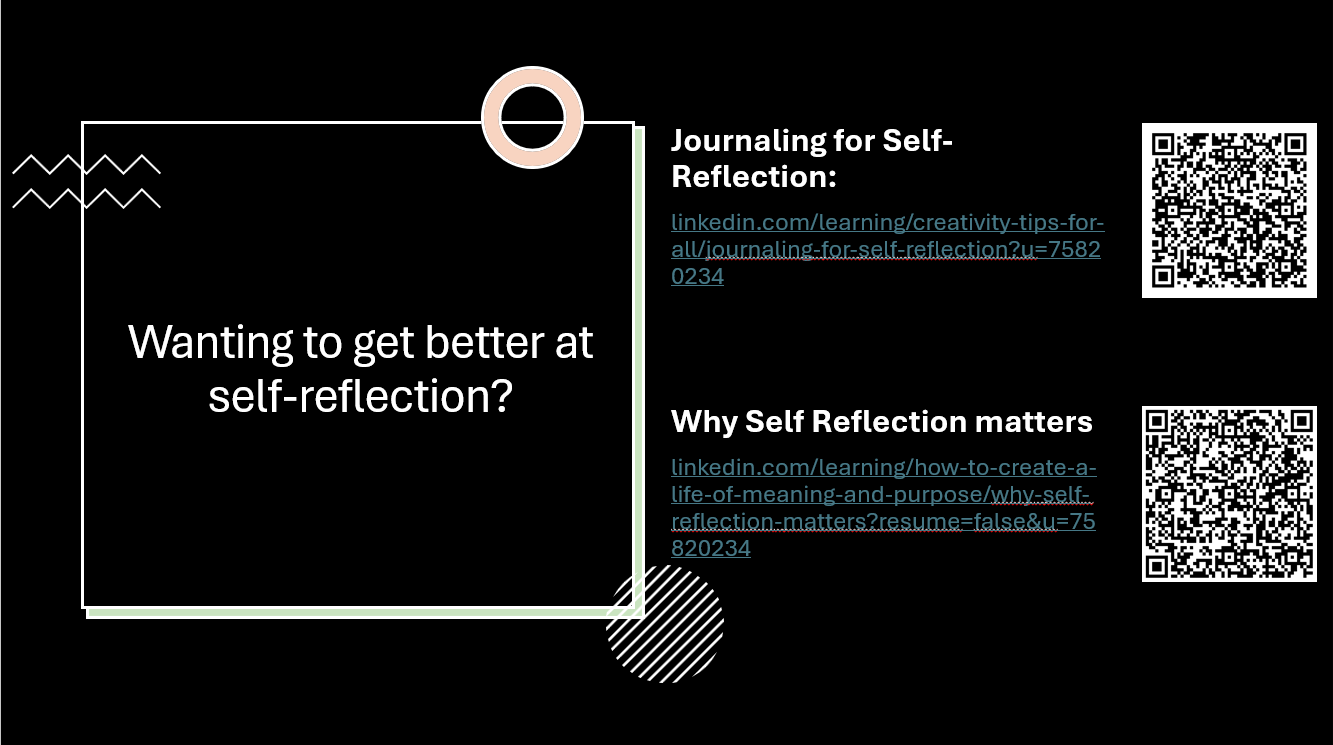Content & Aim of Session
The students are an international cohort in Year 1, 2nd semester of the BSc Business Management. The designed learning activity (90 minutes) was part of a longer 4-hour session held in Week 9, on the module "Operations and Project Management". The session focussed on employability skills and self-reflection following the students' attendance at the London Business Show 2025 at the Excel Centre on the 12th of November.
The aim of the session was to help students develop analytical and reflective writing skills through drafting an initial reflective summary of their individual experience during their Business Show attendance and to apply critical thinking and analysis in the context of a personal and professional development opportunity. The learning activity is strongly linked to the summative assessment as students are required to further develop their Employability Skills Webpage and produce a 250-word reflective rational on their skills development during the module. I created the below lesson plan as part of planning this learning activity:
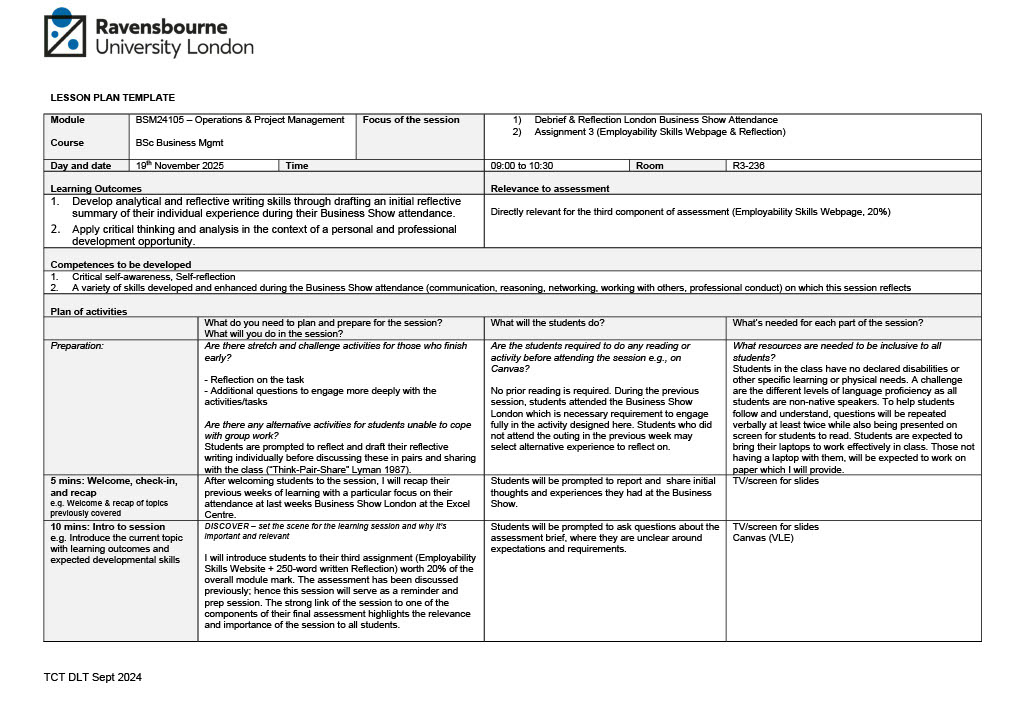


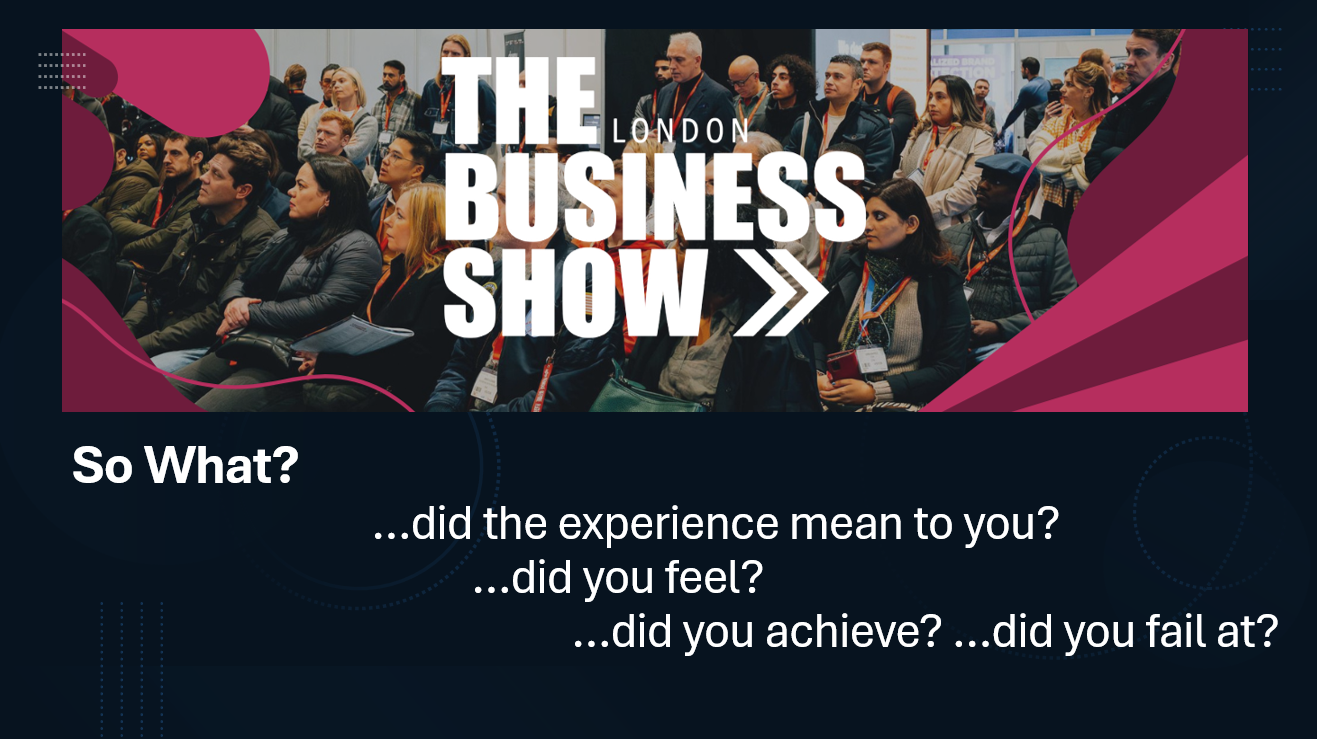
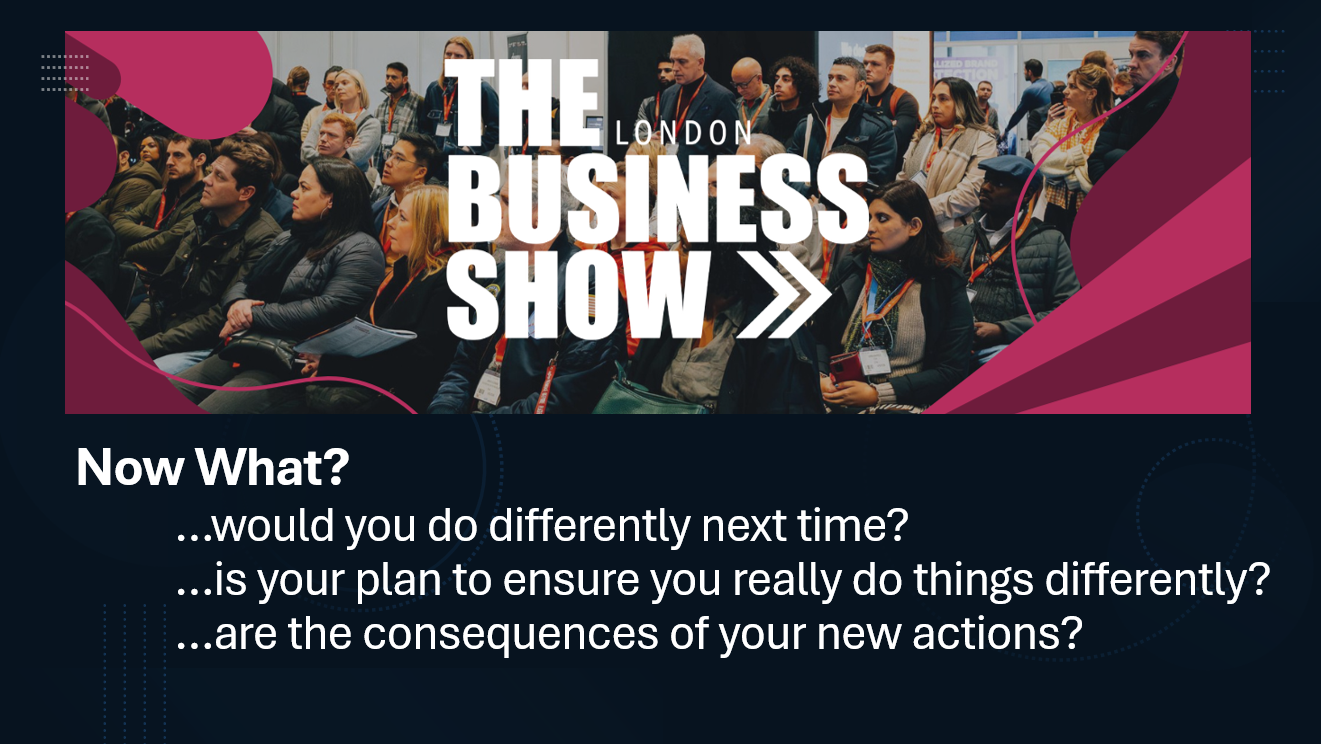
Student Feedback
As the end of the session, after providing some general thoughts and feedback on the students' reflective writing, I invited all students to share their draft reflection and evidence with me via e-mail for individual feedback. Only a small number of students used this opportunity. Some of these students consented to me sharing their drafts for the purpose of my own reflection on the learning activity here - screenshots of their work are attached further below. To collect individual feedback on the learning activity itself, I e-mail all students separately following the end of the class. Again, only few students responded, their feedback was as follows:
Student 1: The session was great I gained some knowledge on writing with Rolfe's reflective model. Before I only knew about Driscoll and ERA cycle. This time I will be using the new reflective model in my reflection that I just came across.
Student 2: I found the Employability Skills and Reflection session quite helpful. I liked how clearly you explained the purpose of the webpage and how to structure the reflection. You taught us what kind of evidence we should include. Like the business show photos, classroom activities, and what we have learned during the session till week 9th. One thing that could be improved is giving us a bit more time for the drafting activity. I felt it was slightly rushed, so a few extra minutes would have helped me complete it more comfortably. Overall, the session was useful, informative, and well organised.
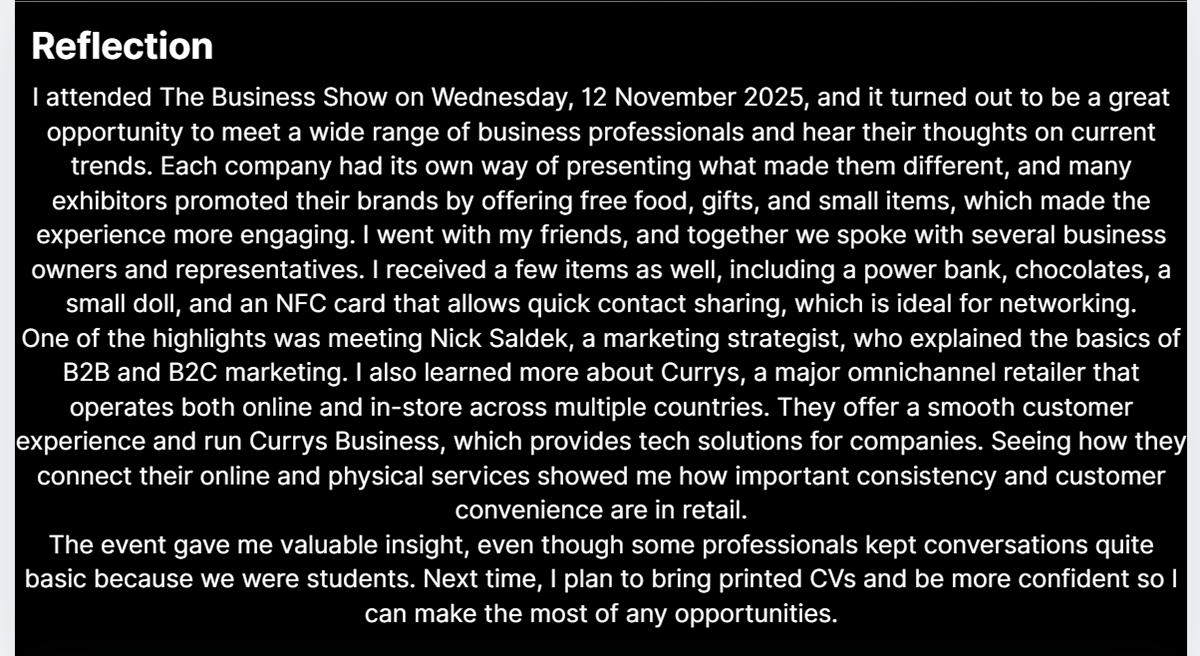
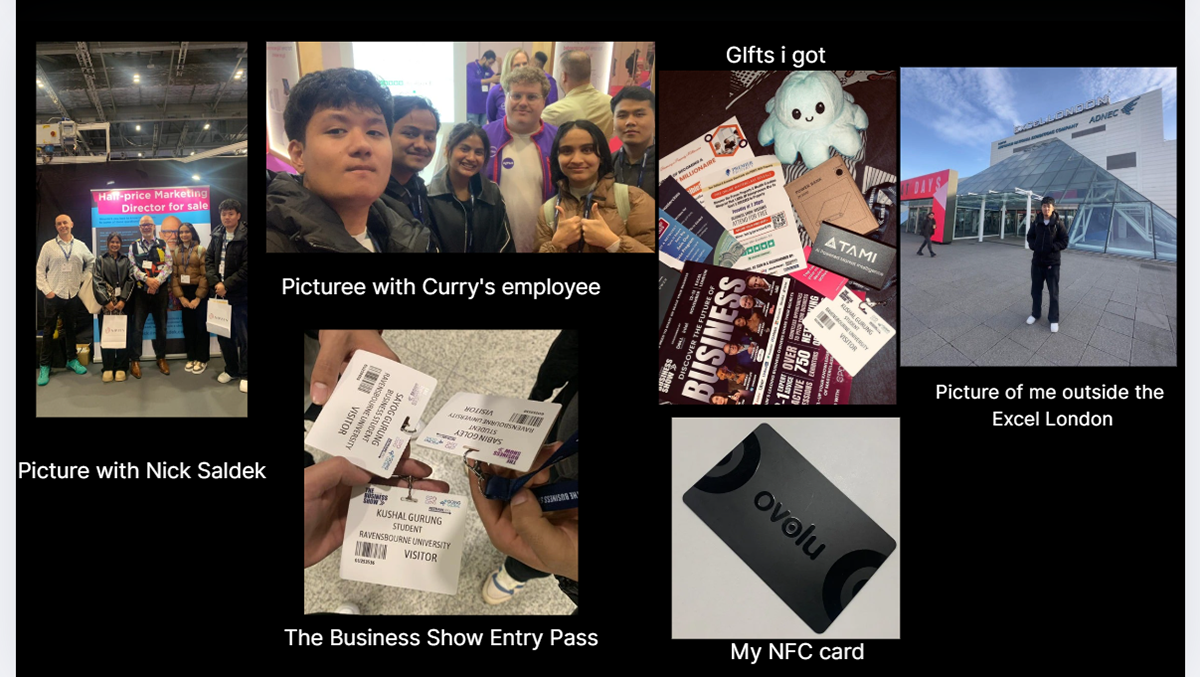
Self-Reflection
Looking back at the session, I believe the "Think-Pair-Share" approach (Lyman, 1982) to my Employability Skills and Reflective Writing Session worked well, allowing students to gather and organise their thoughts before gaining insight into how others have approach the activity and reflection. As many times before, I began the session with an open question on what happened the previous week, this time it was our attendance at the London Business Show at the Excel Centre. This helped me set the scene for the rest of the session as it would be the key theme for reflection throughout. I then reminded students of their formative assessment of which 20% are allocated to their Employability Skills Website and a piece of reflective writing (250-words). This reminder was crucial to anchor the subsequent learning activity and highlight its relevance to students' as preparation for module assessment.
From here, I guided students back toward thinking about their experience the previous week at the London Business Show. As a class, we considered and shared the "What?", the "So What?", and the "Now What?" of our experience (see the three slides above). A number of students participated in sharing their experiences with the class while others, naturally, held back and preferred to listen to others sharing. I subsequently introduced Rolfe's Reflective Model formally, outlining the meaning of all three components, key questions to ask for each, and how it can help structure the students' reflective writing.
After a short break for questions, I then introduced students to the learning activity, which I had designed based on the "Think-Pair-Share" approach (Lyman, 1982) as mentioned above. The slides I used to guide students through the activity are included below. They include six slides, introducing: Step 1 (Think) - Examples 1 and 2 - Step 2 (Pair) - Step 3 (Share) - Next Steps/Future learning). The final slides on next steps/future learning suggest two LinkedIn Learning Courses on self-reflection and journaling which students can engage with as part of the independent study hours to further develop their employability as well as reflective writing skills.
In the following, I am reflecting on some of my observations I noted during the class that were of particular interest and will allow me to improve students' learning experience and my own practice further in the future.
Student Engagement: Engagement with the task varied between students with many eagerly starting to search for and curate evidence (i.e. photos on their phones) followed by drafting rather strong initial reflections, using Rolfe's Reflective Model for guidance and structure.
Incorporating Kinaesthetic Learning: As this cohort is particularly lively and chatty, I wanted to include aspects of kinaesthetic learning to see how students would react to physical movement and activation. Besides the actual writing (on paper or laptop) and use of their phones (to identify photographic evidence), I asked students to get up, walk around, and share their drafts with students they had not previously (or barely) spoken to before to break up the usual classroom seating arrangements and challenge students to get out of their comfort zone (i.e. discussing only with their closest peers). Interestingly, the students were rather apprehensive at first to get up, move around the room, and approach others who they have not worked with before. I encouraged the class as a whole 2-3 times before directing individual groups of students to start moving around the room and look for others to share their work with. Considering their experience in class to date and the students' background, I believe the invitation to leave their seats and wander around to engaged with others was very new to them, which was cause for the initial reservation. Once the first students were beginning to move, the majority of students joined in and found new peers to share their work with.
Use of AI: As students were drafting their individual reflection and began curating their evidence, some students clearly reverted back to using AI (LLMs such as ChatGPT) to do their reflection for them. This was despite my strong emphasis earlier in the session that reflection can only be done properly by themselves and AI will be of little help. Spotting the use of AI was comparatively easy as some students' drafts would go from almost 0 words to over 200+ in a matter of minutes, which I noticed when moving around the room. Without exposing individual students, spotting AI misuse live in class helped me make a strong point against misusing AI for various tasks, but specifically for reflective writing. While students using AI would create a draft satisfying word count requirements, the writing was consistently lacking any personal touch, generic, descriptive, and without any sensible feelings or emotions being reflected upon. As a result, although unintended, the exercise helped to emphasise to students that using AI can (at times) be easily spotted and will not be a guarantee of success.
